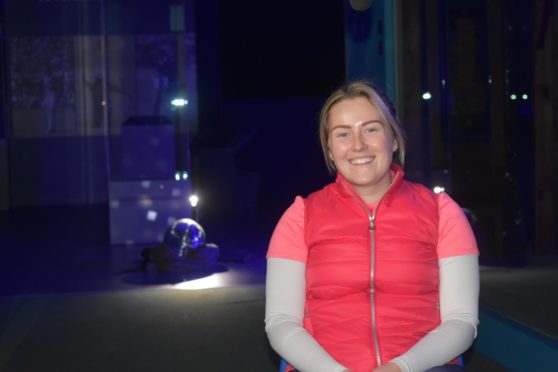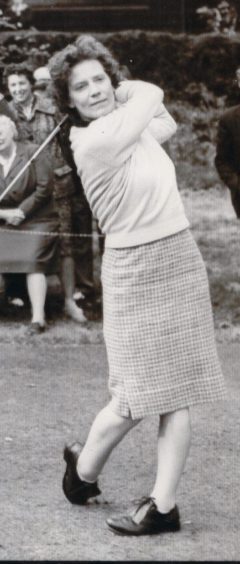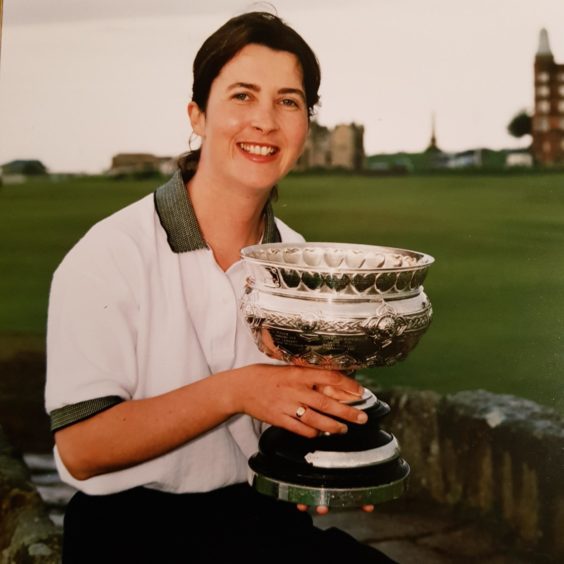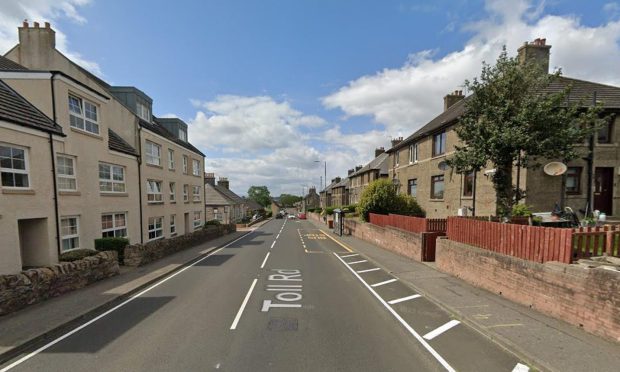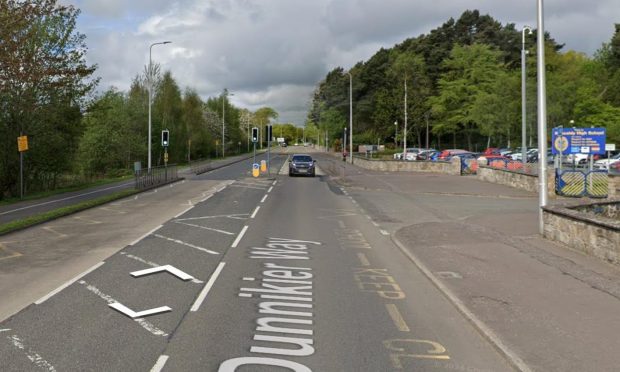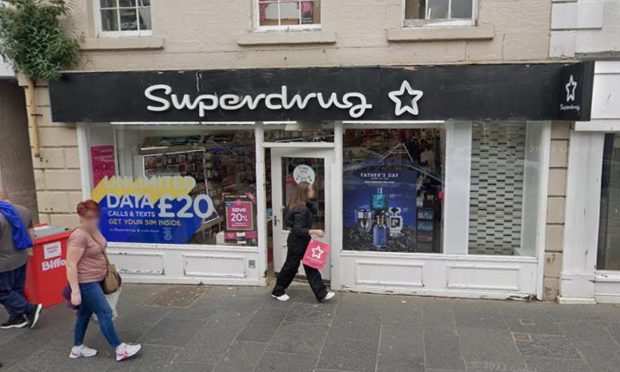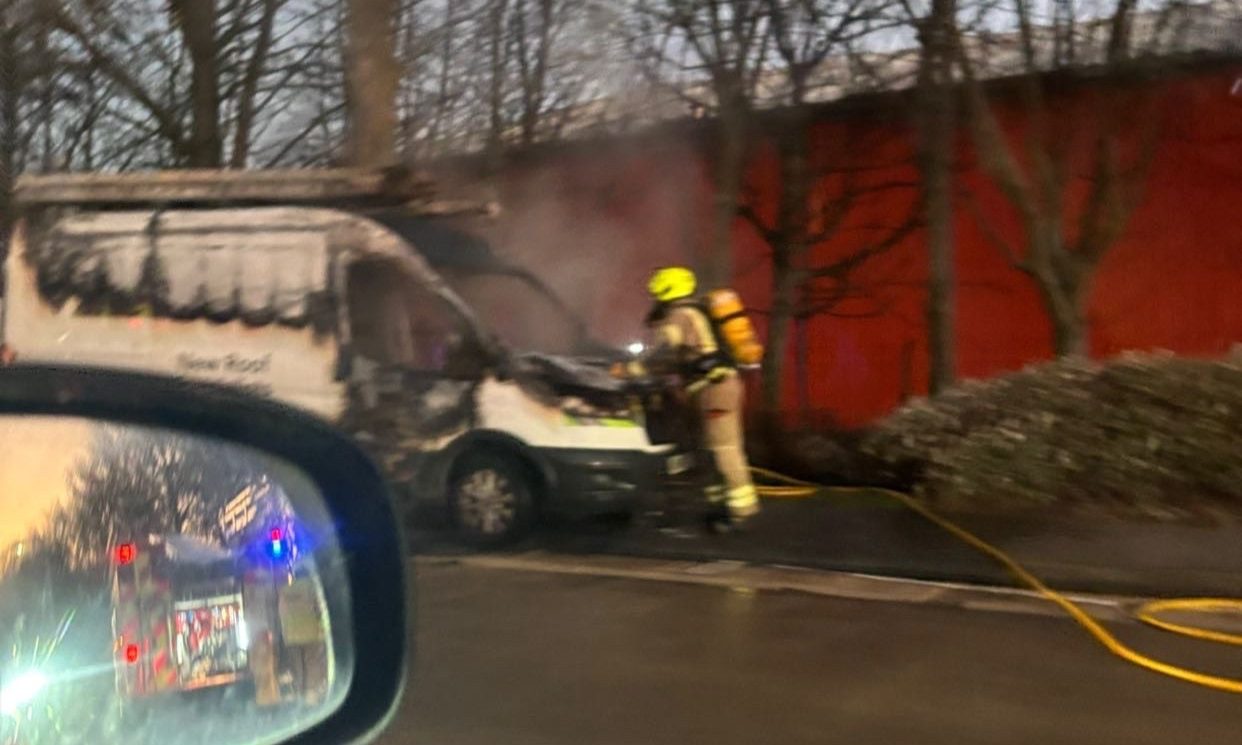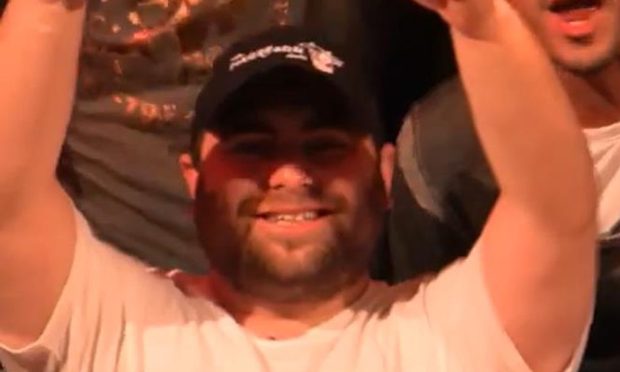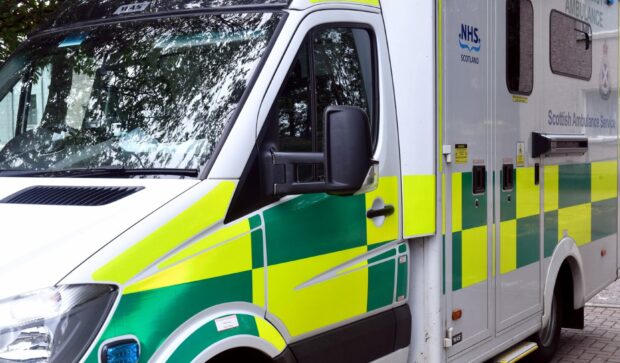A new documentary explores how trailblazers battled misogyny to put Scottish women’s golf on the map.
Iron Women features golfers including Lochgelly’s Brogan Clark, who joined the Scottish Golf Academy aged 16 and plays competitively for Fife County.
Brogan said: “If you were in front of a group of guys at tee time you’d hear them huffing and saying ‘we’re at the back of these ladies and it’s going to be a five or six hour round’.
“That kind of gave you the satisfaction to go up to the first tee and hit the ball and see their jaw drop.”
Made by independent production firm Purple TV, Iron Women airs on BBC Alba at 9pm on Saturday.
It showcases some of the little-known female pioneers of the sport and highlights how women had to contend with being treated as inferiors.
Professional golfer Karyn Dallas, who coaches at Forfar Golf Club, gives a shocking account of arriving at a club to play a tournament and finding a sign stating: “No dogs or women allowed.”
Meanwhile, Edinburgh-based golfer Dr Fiona Reid remembers a white line on the floor of the golf club where her mum played.
“Only the men could go over that line,” she said.
“There’s a place that the men can go and a place that the women can go.”
The story begins in 18th century Musselburgh, with recorded evidence of fishwives playing golf and competing for the prize of a creel and silk handkerchiefs.
The game gathered momentum among the Victorian ladies of St Andrews from 1863, albeit under the watchful gaze of husbands and fathers who controlled the spaces women frequented, and how they used them.
Gillian Kirkwood, a R&A qualified referee who has overseen major tournaments, remembers being prohibited from walking past the window of the men’s lounge at a golf club.
She said: “You weren’t allowed to walk past the golf club window, you had to walk on a path that was quite far away from the window so that the men didn’t see you and you can’t look in at the window to see the men having their drinks and cigars.
“Some golf clubs really had to be dragged into the 21st century.”
Thanks to the determination of people like Issette Pearson and Agnes Grainger, the Ladies Golf Union and Scottish Ladies Golf Association were formed in 1893 and 1904 respectively.
Writer, producer and director Margot McCuaig said: “Women’s golf in Scotland has a long and prestigious history. Despite barriers, both in terms of attitude and physical structures, pioneers have continued to lead the way.
“Consequently, sporting celebrities have emerged as role models, on and off the green, ensuring that there has been a fairer way for women.”
